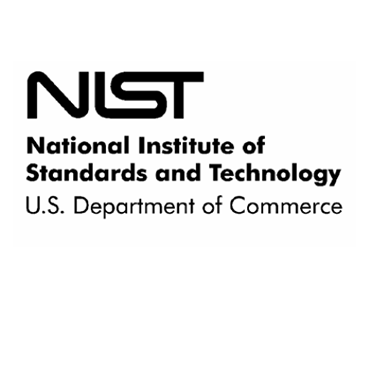NIST updates digital signature standard

Changes are minor, but harmonize guidelines with other NIST standards.

The National Institute for Standards and Technology has released a revised version of its digital signature standard intended to keep it consistent with other cryptographic guidelines.
The standard, established in 1994, lays out three approved techniques – the digital signature algorithm, the RSA digital signature and the elliptic curve digital signature algorithm – to verify and validate digital signatures.
The revision is a minor technical change that "focuses on keeping the standard consistent with other NIST cryptographic guidelines," according to a news release. "Other than clarifying a number of terms and correcting typographical errors, most of the changes aim to align the standard with other publications, such as NIST Special Publication 131A, so that all NIST documents offer consistent guidance regarding the use of random number generators."
All three techniques use random number generation to authenticate signatures. The new standard also permits the saving of generated prime numbers for uses other than those already allowed.
NEXT STORY: Feds Are Finding Value in Virtual Events


